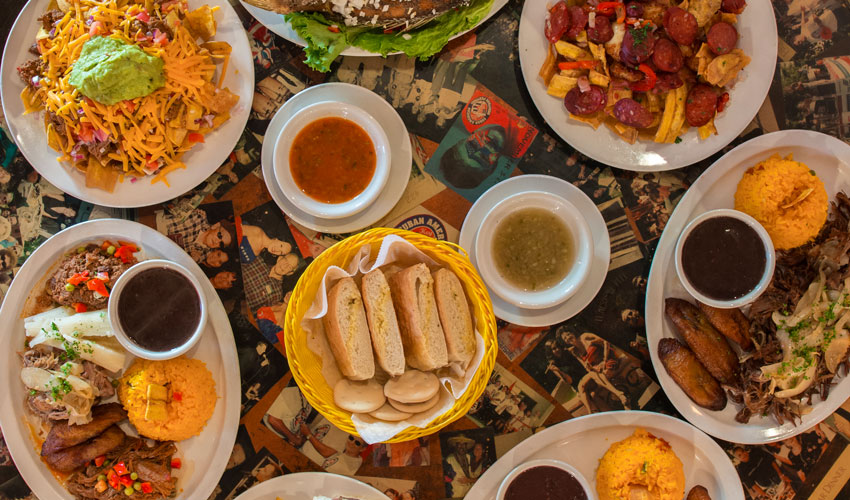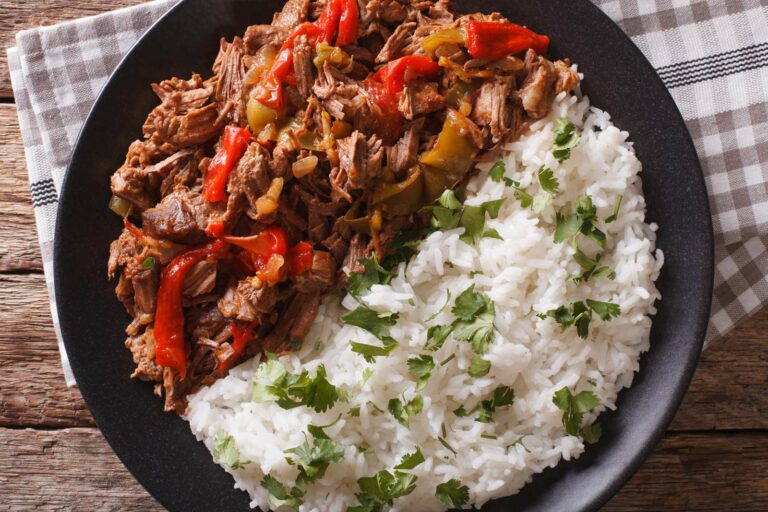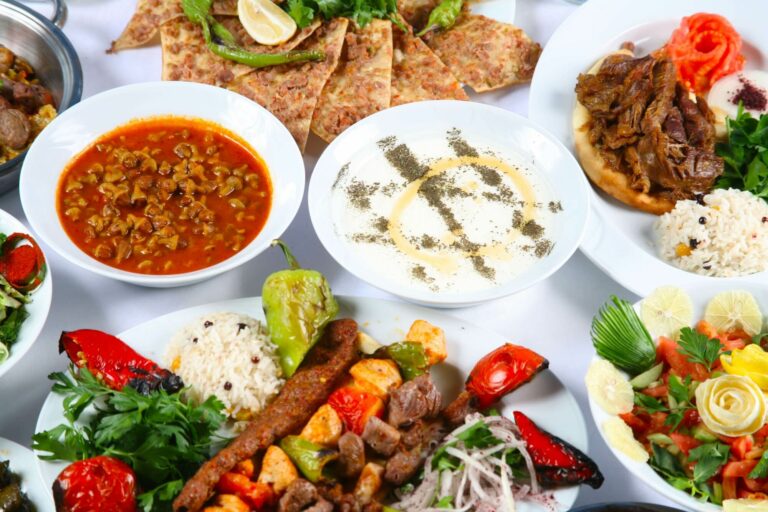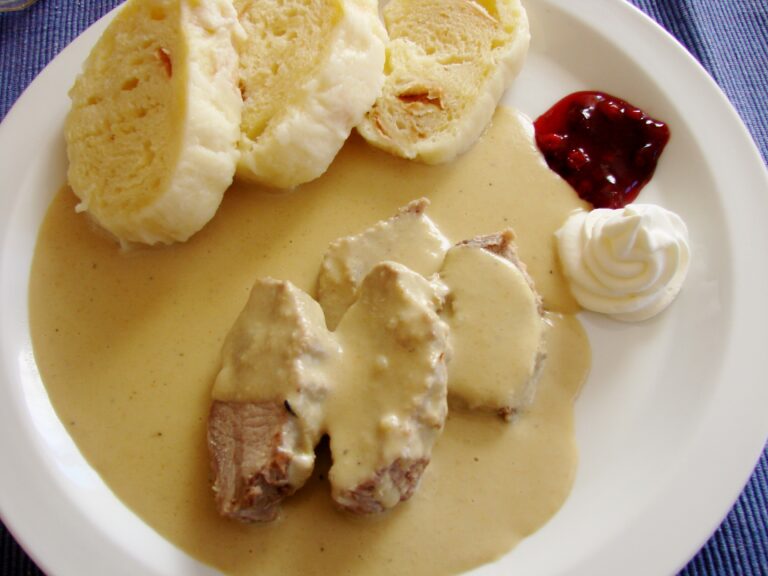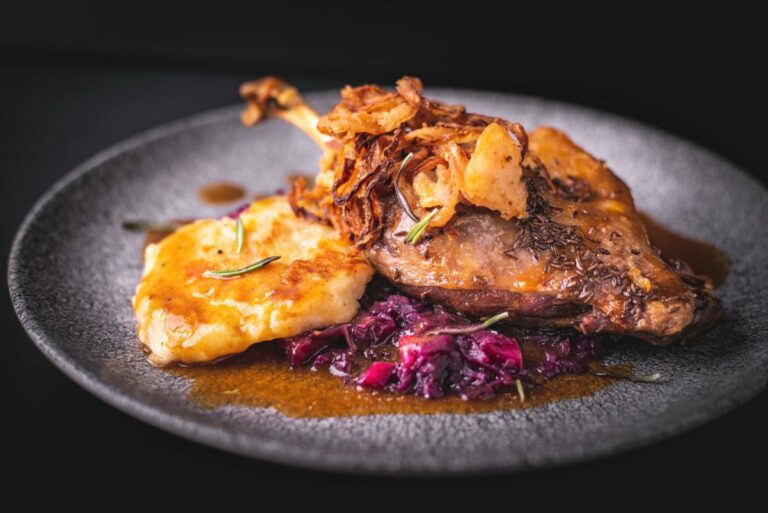Introduction: Exploring Cuban Breakfast Culture
Cuban cuisine is a mix of African, Spanish, and Caribbean influences, and breakfast is no exception. A traditional Cuban breakfast is hearty, filling, and flavorful, just like the Cuban culture itself. Breakfast is considered the most important meal of the day in Cuba, and it is usually enjoyed with family and friends.
From savory dishes to sweet pastries, Cuban breakfast options are diverse and satisfying. In this article, we will explore some of the traditional breakfast options that are a must-try when visiting Cuba.
The Cuban Coffee Culture: A Must-Try
Cuba is famous for its coffee culture, and a cup of Cuban coffee is a must-try when having breakfast on the island. Cuban coffee is strong, dark, and sweet, and it is usually served in small cups called “tacitas.” Locals love to drink their coffee with sugar, and some even add a dash of cinnamon to their coffee for extra flavor.
Café con leche, a mix of strong coffee and warm milk, is another popular way to enjoy Cuban coffee. It is usually served with a slice of toasted bread or a pastry, making it the perfect breakfast drink.
Traditional Breakfast Dish: Pan Con Bistec
Pan con bistec, or steak sandwich, is a traditional Cuban breakfast dish. It consists of a thin slice of steak, usually marinated in lime juice and garlic, served on a soft white bun with lettuce, tomato, and mayonnaise. This hearty sandwich is a staple of the Cuban breakfast table and is perfect for a filling breakfast.
Huevos Habaneros: A Unique Cuban Egg Dish
Huevos habaneros, or Havana-style eggs, is a unique Cuban egg dish that is perfect for breakfast. It consists of fried eggs served on a bed of tomato sauce, onions, and green peppers. The dish is usually seasoned with cumin and paprika, giving it a distinct flavor. It is usually served with a side of toast or plantains, making it a filling and satisfying breakfast.
Plantains and Black Beans: A Cuban Classic
Plantains and black beans are a classic Cuban breakfast dish that is simple yet delicious. The dish consists of fried plantains served with a side of black beans. The plantains are usually fried until golden brown and are sweet and savory at the same time. The black beans are seasoned with garlic, onion, and cumin, giving them a rich flavor. Together, these two dishes make a perfect Cuban breakfast.
The Cuban Love for Toast: Tostada and Jam
Toasted bread, or tostada, is a staple of the Cuban breakfast table. It is usually served with butter and jam or honey, making it a sweet and satisfying breakfast option. Cubans love to enjoy their tostada with a cup of strong coffee or a glass of fresh fruit juice.
Fresh Fruit Juices: A Refreshing Cuban Breakfast
Fresh fruit juices are a must-try when having breakfast in Cuba. Locals love to enjoy their breakfast with a glass of freshly squeezed juice, usually made with fruits like papaya, pineapple, or mango. These juices are refreshing, flavorful, and a perfect way to start the day.
Cuban Pastries: A Sweet Way to Start the Day
Cuban pastries, or pastelitos, are a sweet way to start the day. These pastries are made with puff pastry dough and filled with guava paste, cream cheese, or coconut. They are usually served warm and dusted with powdered sugar. Cuban pastries are the perfect way to satisfy a sweet tooth and start the day on a high note.
In conclusion, breakfast in Cuba is a delightful experience that offers a mix of savory and sweet options that are sure to satisfy any palate. From coffee to pastries, Cuban breakfast culture is rich and diverse, making it a must-try when visiting the island.

